
Bristlethighed curlew New Zealand Birds Online
Close ) suggest these plus Slender-billed Curlew (N. tenuirostris) form species group. Bristle-thighed Curlew thought to have split from Whimbrel in Beringia during Pliocene and then isolated in w. Alaska during Pleistocene (Larson 1957 Larson, S. (1957). The suborder Charadrii in arctic and boreal areas during the Tertiary and Pleistocene.

Bristlethighed Curlew eBird
The Bristle-thighed Curlew is a medium-sized bird that have been marked near threatened by the IUCN. Although Bristle-thighed Curlews were discovered as early as 1869, their breeding habitat was not discovered till after the end of the 19th century.
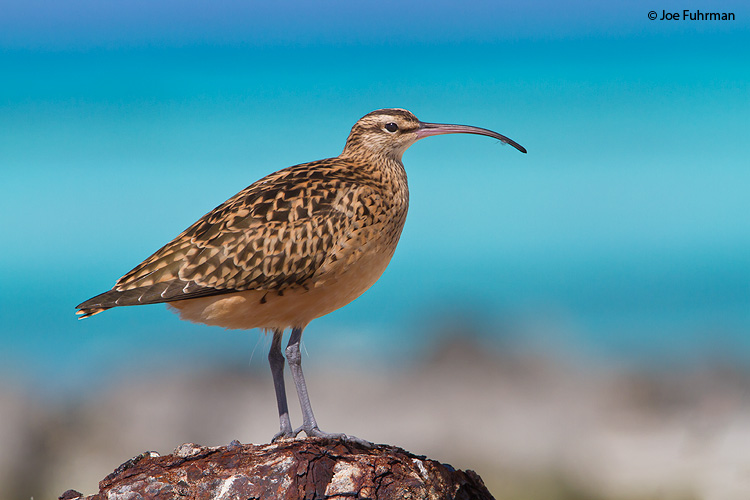
Bristlethighed Curlew Joe Fuhrman Photography
Description The bristle-thighed curlew has a long, decurved bill and bristled feathers at the base of the legs. Its length is about 40-44 cm and wingspan about 84 cm (females averaging bigger than males).
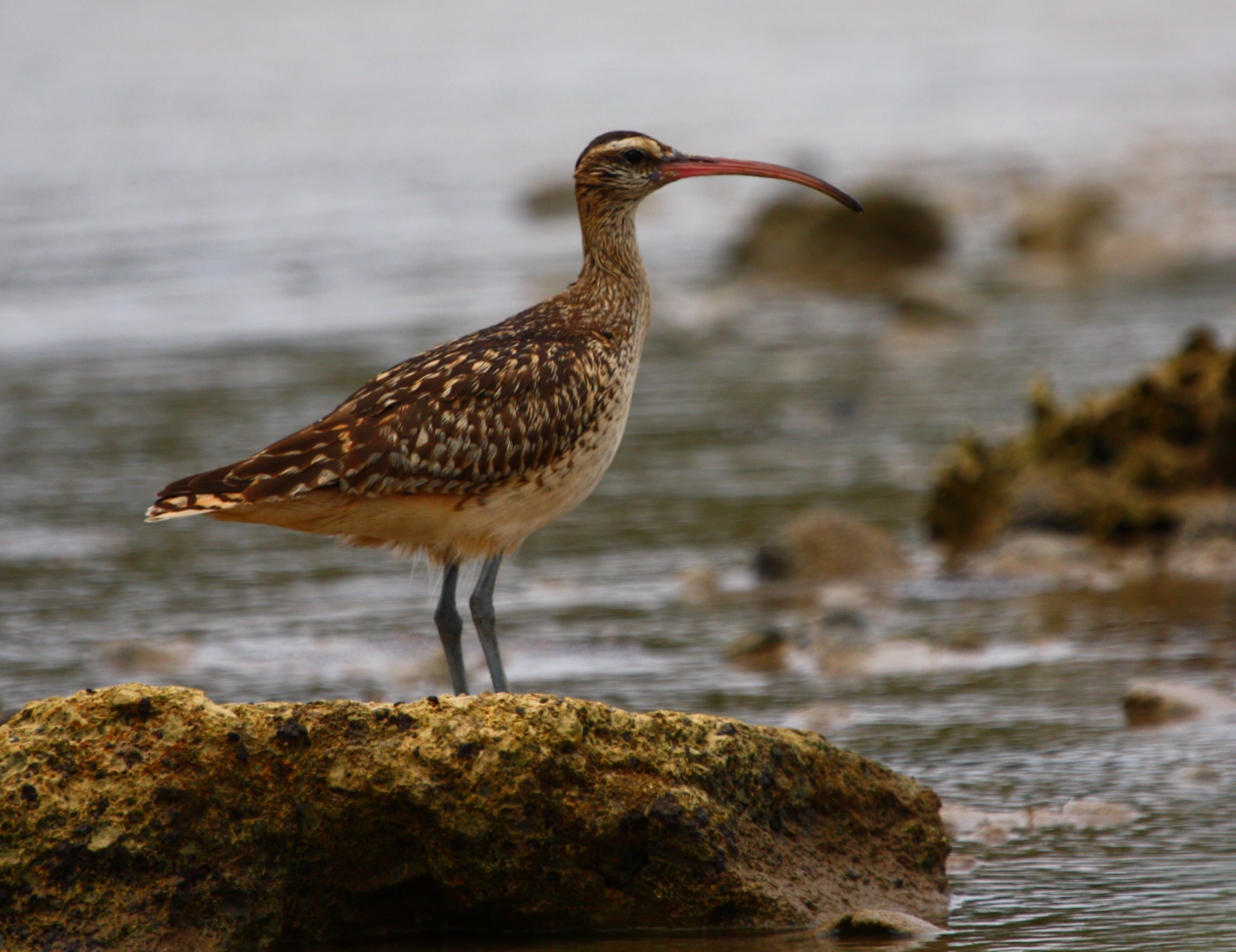
Bristlethighed curlew New Zealand Birds Online
The bristle-thighed curlew, also known as Numenius tahitiensis, is a rare and enigmatic bird that is known for its distinctive appearance and fascinating life history.This bird was discovered wintering on South Pacific islands in 1769, but its nesting grounds were not found until almost 180 years later in the late 1940s, in a few hilly areas of western Alaska.
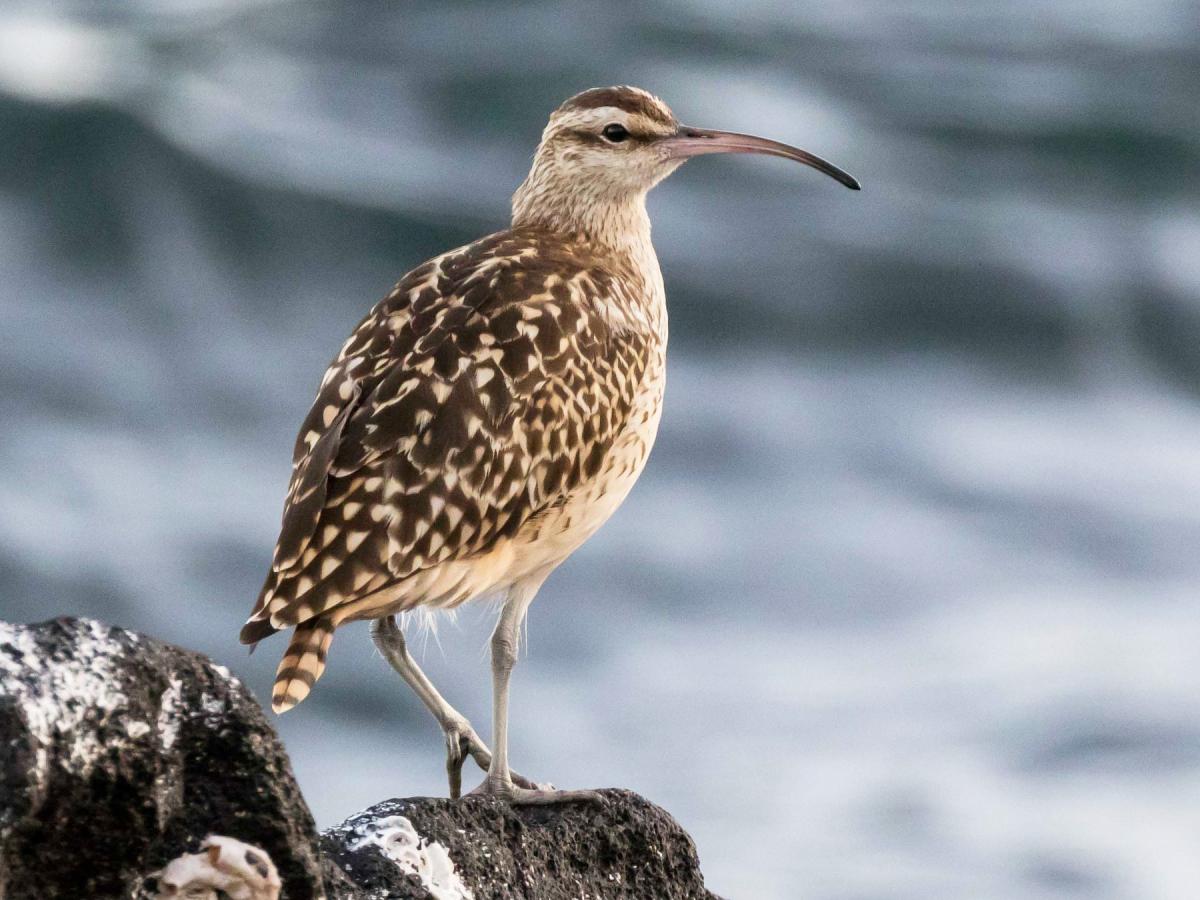
Bristlethighed curlews Tetiaroa Society
The bristle-thighed curlew ( Numenius tahitiensis ) is a medium-sized shorebird that breeds in Alaska and winters on tropical Pacific islands. It has a long, decurved bill and bristled feathers at the base of the legs. Its length is about 40-44 cm and wingspan about 84 cm (females averaging bigger than males).
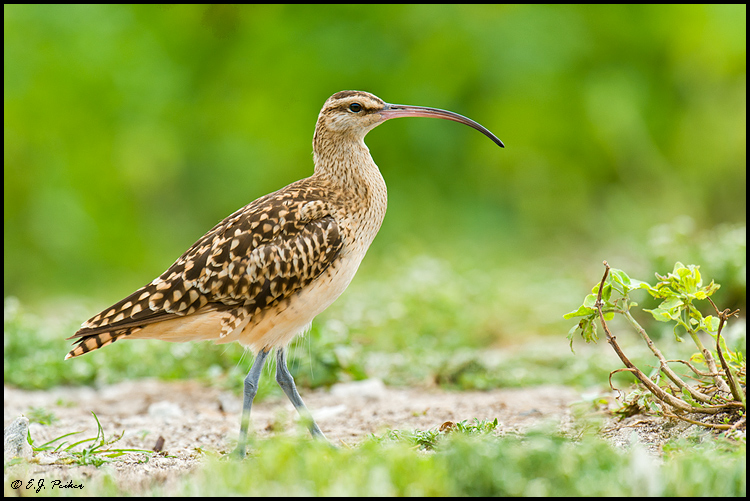
Bristlethighed Curlew Page
The kioea, or bristle-thighed curlew, is found in small numbers wintering throughout tropical Pacific islands. It wasn't until 1949 that their breeding grounds near the mouth of the Yukon river in Alaska was found. Their world population is less than 10,000. Since they don't breed until their third or fourth summer, a remnant population can […]
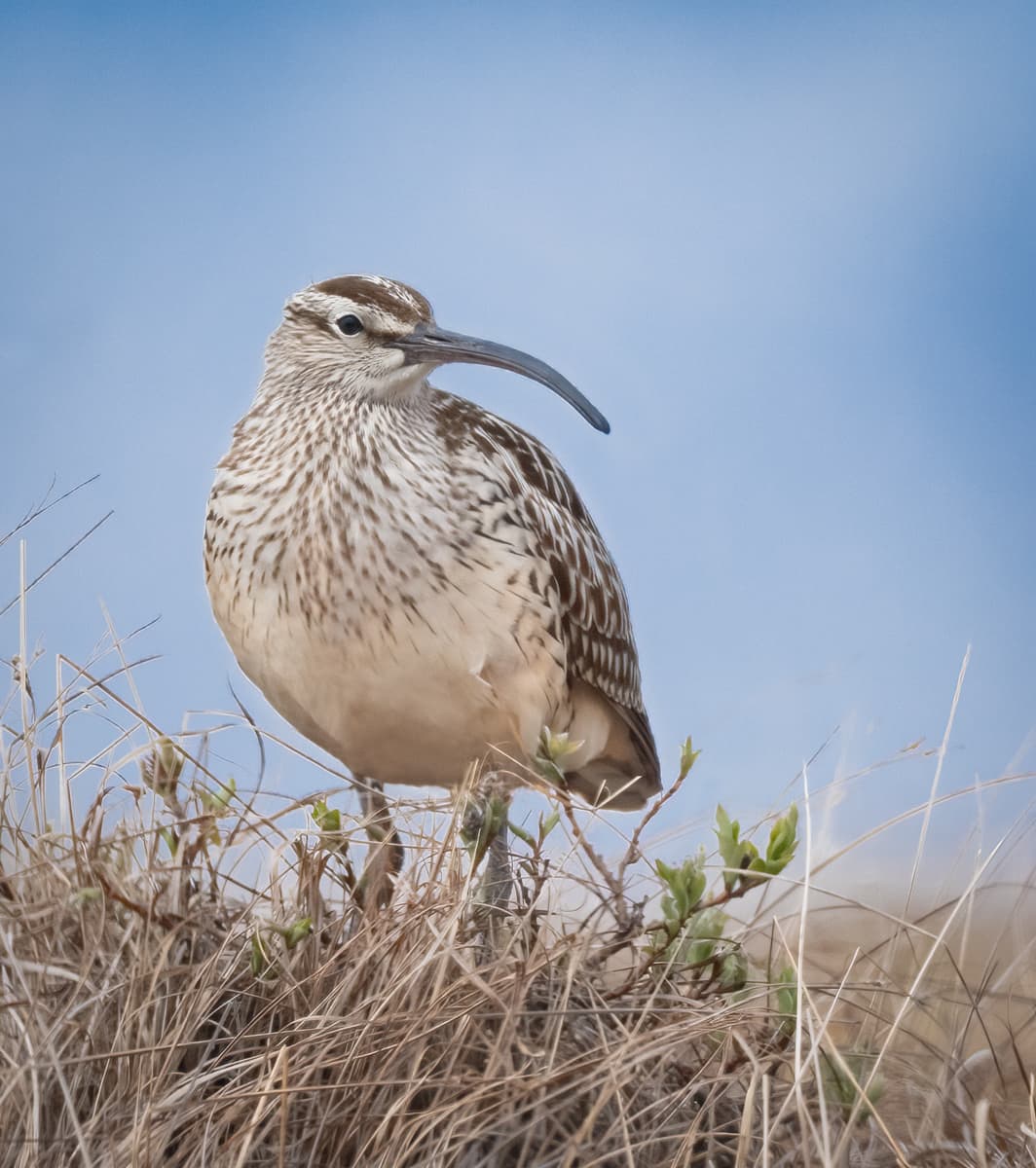
Nome Alaska, USA Owen Deutsch Photography
The Bristle-thighed Curlew has a length of 44 cm from the tip of its tail to the tip of its beak. It is a light brown and beige with light spots on its back. It has long blue feet and a distinct long, curved beak. This bird generally feeds on molluscs and crabs that it digs out of the sand and crevices in the rocks using its long beak, but may also consume a range of plants and even eggs that.
Birding Poole Harbour & Beyond 12 Nov 14 An Amazing Curlew
Bristle-thighed Curlew (Numenius tahitiensis) - BirdLife species factsheet NT Bristle-thighed Curlew Numenius tahitiensis Summary Text account Data table and detailed info Distribution map Reference and further resources Taxonomy Taxonomic source (s) del Hoyo, J., Collar, N.J., Christie, D.A., Elliott, A. and Fishpool, L.D.C. 2014.
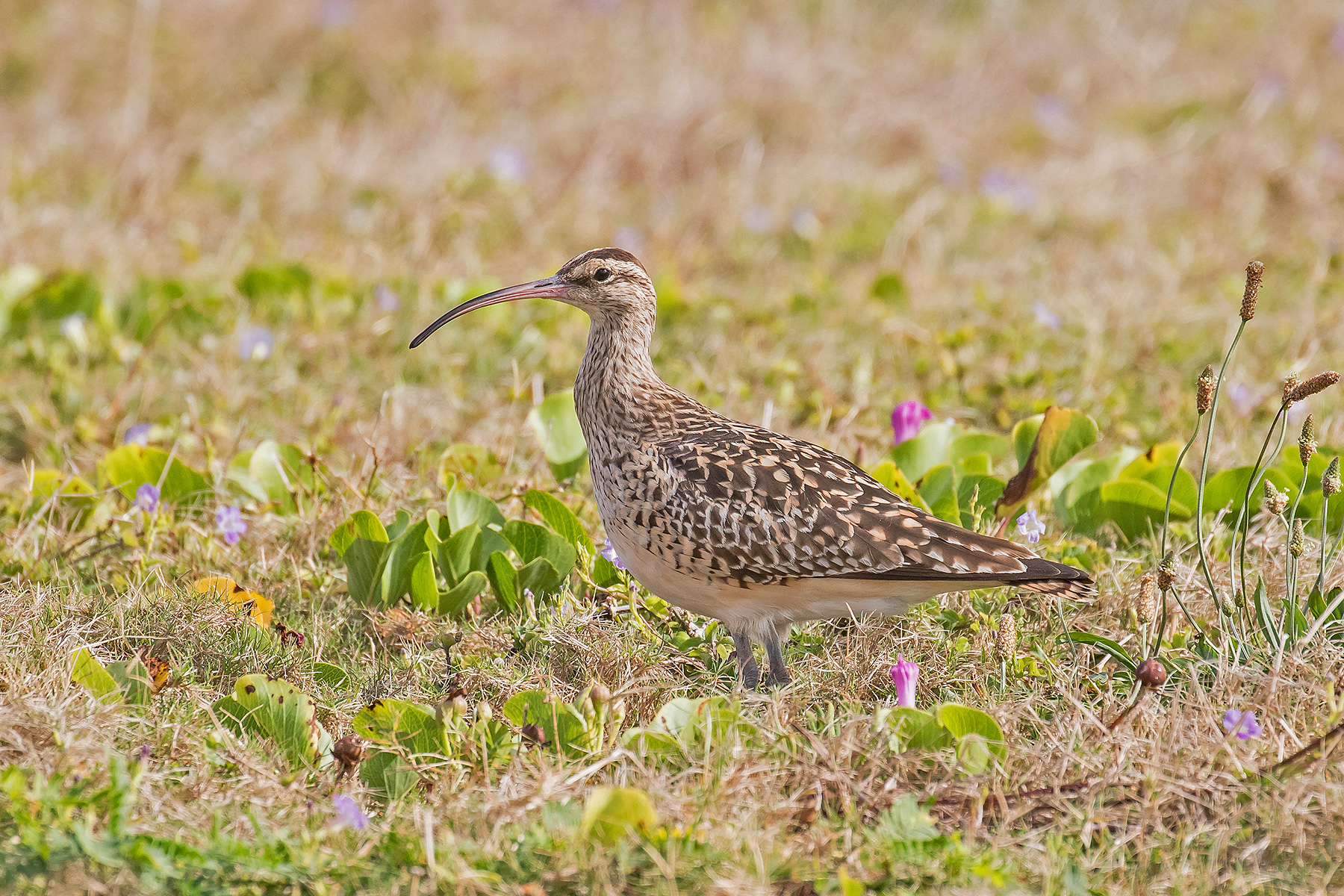
Hawaii Birding Tours Birdwatching Birds of Hawaii Birdquest
Bristle-thighed Curlew Courlis d'Alaska French (France) Courlis d'Alaska Borstenbrachvogel Icelandic Broddaspói Gajahan tahiti ハリモモチュウシャク kulik alaskański Таитянский кроншнеп Čekinjasta carska šljuka hvizdák aljašský Zarapito del Pacífico Spanish (Chile) Zarapito polinésico Spanish (Spain) Zarapito del Pacífico Tahiti Kervançulluğu
Bristlethighed curlew New Zealand Birds Online
A large shorebird with a long, curved bill. Similar to Whimbrel but warmer brown and with a cinnamon-colored rump. The bristly feathers on the upper legs are visible at close range. Occurs in wetlands, sand dunes, rocky shores, pastures, and golf courses. Locally common in coastal areas near Kahuku, Oahu. A few individuals visit other islands. Primarily a winter visitor, but a few birds.
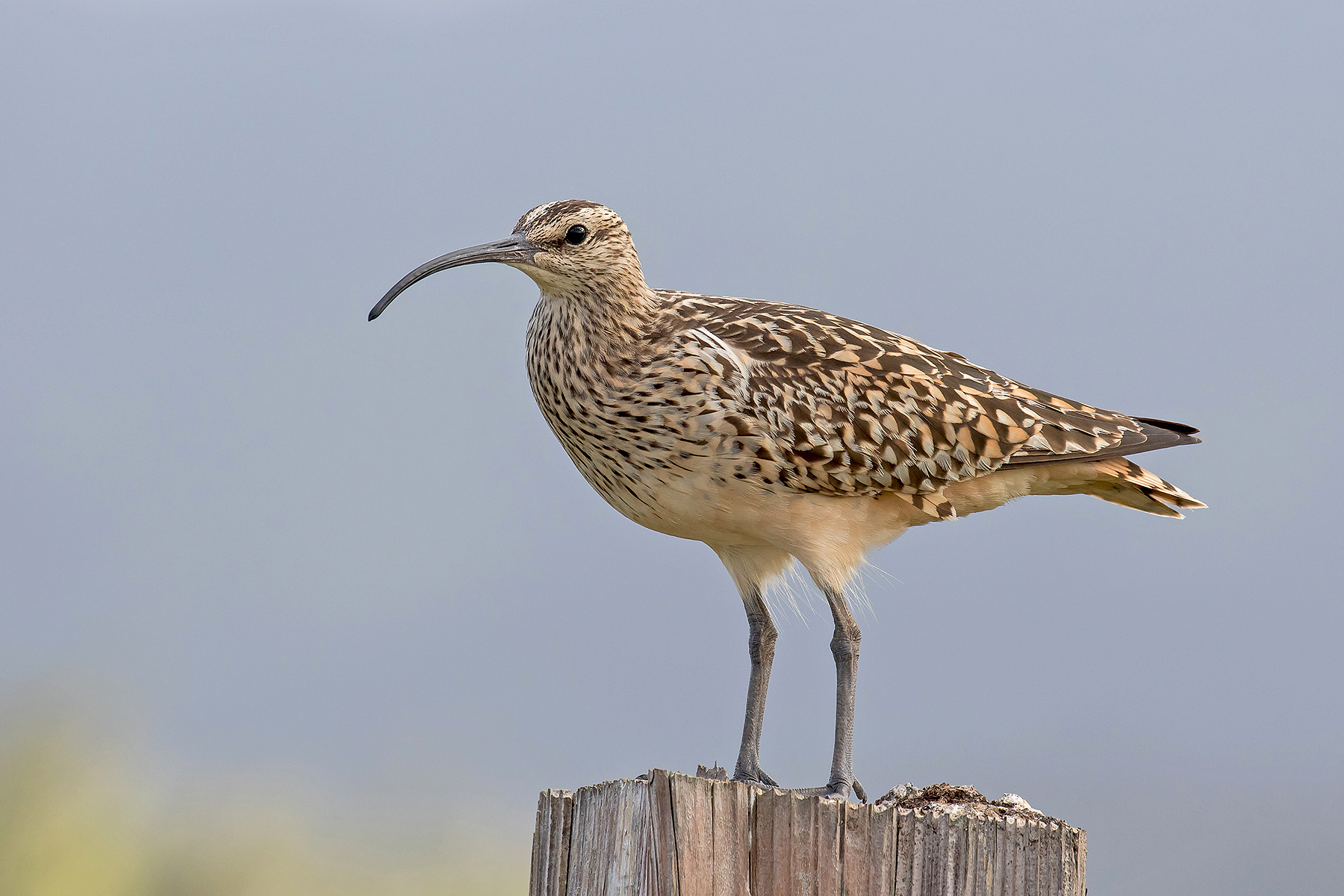
Hawaii Birding Tours Birdwatching Birds of Hawaii Birdquest
General Description A dozen or more individuals observed the length of outer coast, in May 1998. One prior record from Leadbetter Point (Pacific County), in May 1982. North American Range Map Family Members Spotted Sandpiper Actitis macularius Solitary Sandpiper Tringa solitaria Gray-tailed Tattler Tringa brevipes Wandering Tattler Tringa incana
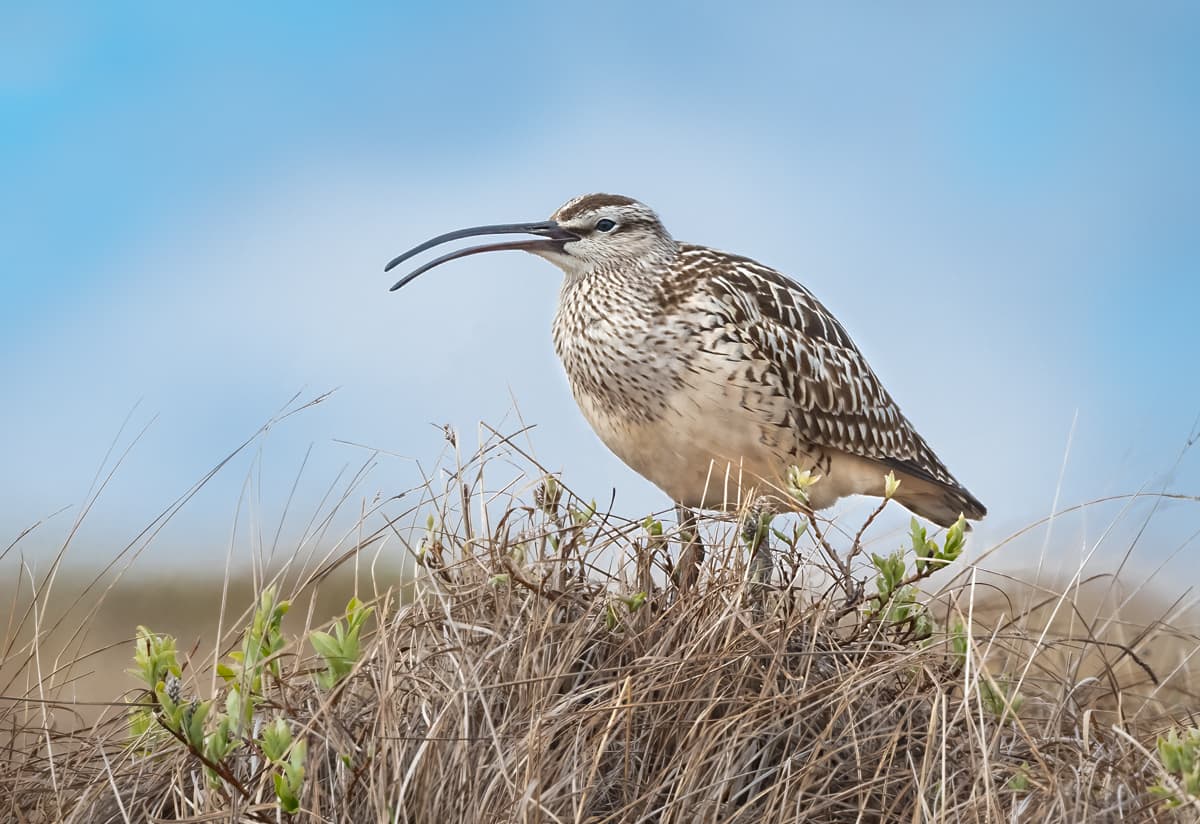
Bristlethighed Curlew Owen Deutsch Photography
Introduction Plumages, Molts, and Structure Recommended Citation Marks, J. S., T. L. Tibbitts, R. E. Gill, and B. J. McCaffery (2020). Bristle-thighed Curlew (Numenius tahitiensis), version 1.0. In Birds of the World (A. F. Poole and F. B. Gill, Editors).
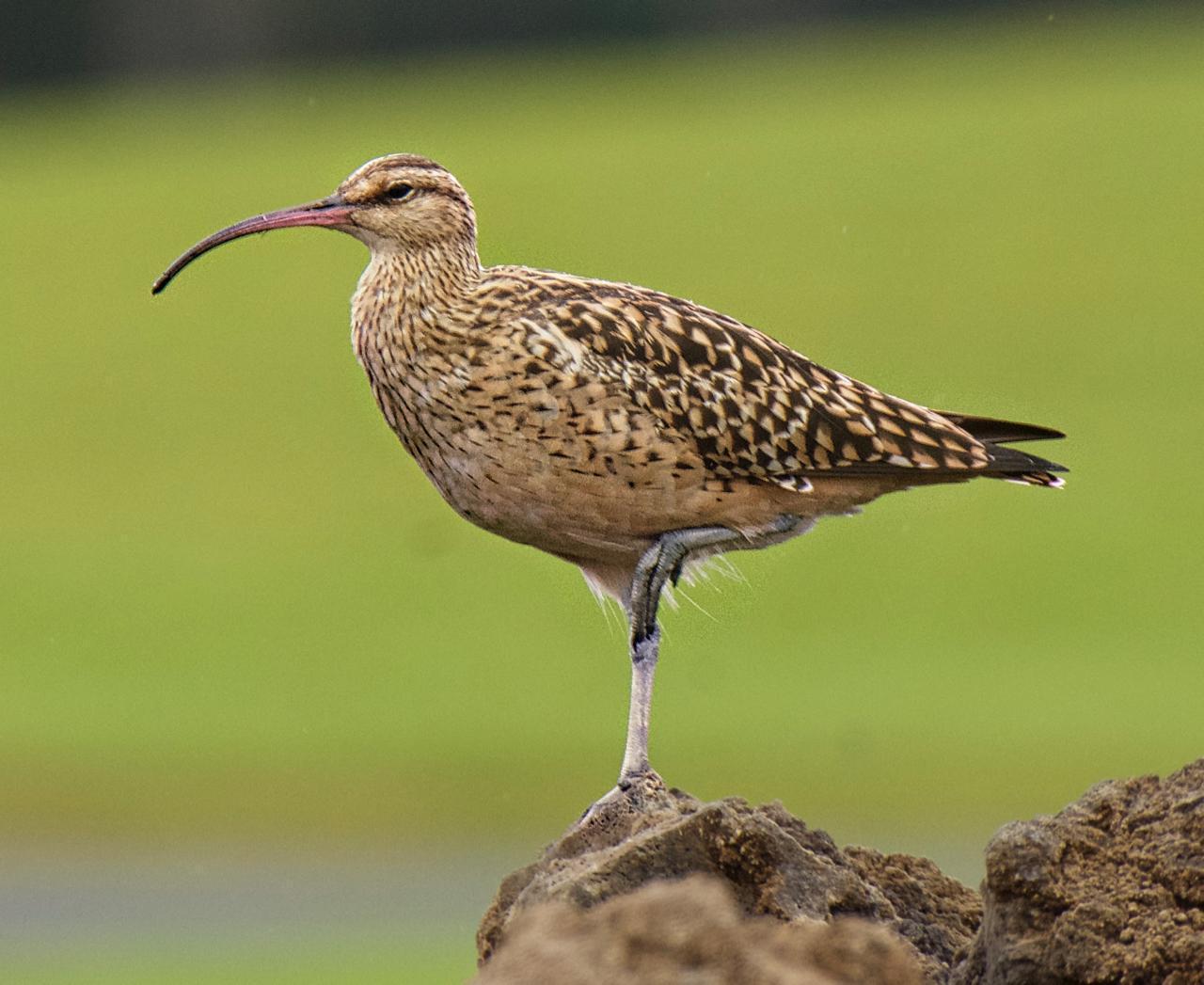
BirdsEye Photography Review Photos
A rare and enigmatic bird. It was discovered wintering on South Pacific islands in 1769, but its nesting grounds were not found until almost 180 years later -- in the late 1940s. It is now known to nest in a few hilly areas of western Alaska.
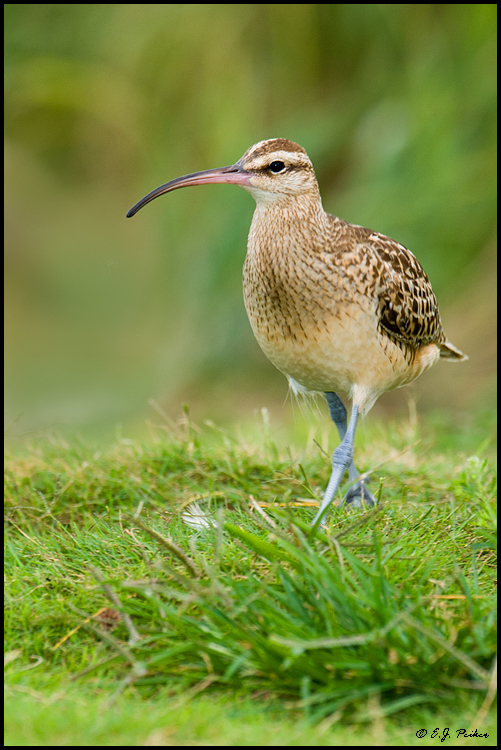
Bristlethighed Curlew Page
The bristle-thighed curlew (Numenius tahitiensis) nests on hilly, inland tundra, often placing their lined depressions directly beneath dwarf willow shrubs. Following the breeding season, most bristle-thighed curlews congregate on the Yukon Delta, where they feed on berries, insects, and other food in preparation for a non-stop, 2,500 mile.
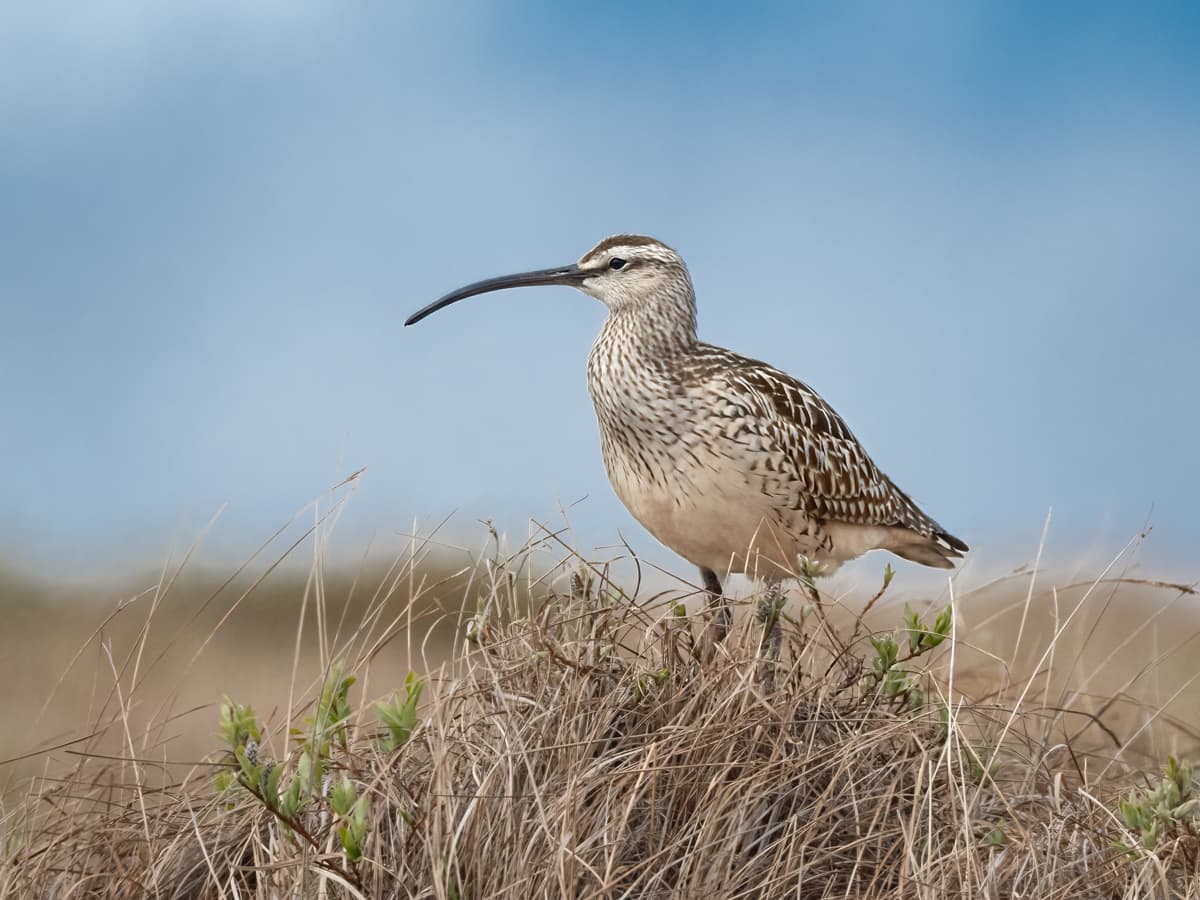
Bristlethighed Curlew Owen Deutsch Photography
The bristle-thighed curlew is a medium-sized shorebird that is 15-17 inches in length. It has a dark brown eye stripe; a long, down-curved bill; and long, grayish-blue legs. It has a barred tail, a mottled brown back, a reddish-brown belly and rump, a streaked brown breast, and a light brown head and neck. It gets its name from the bristly feathers at the ends of its thighs.
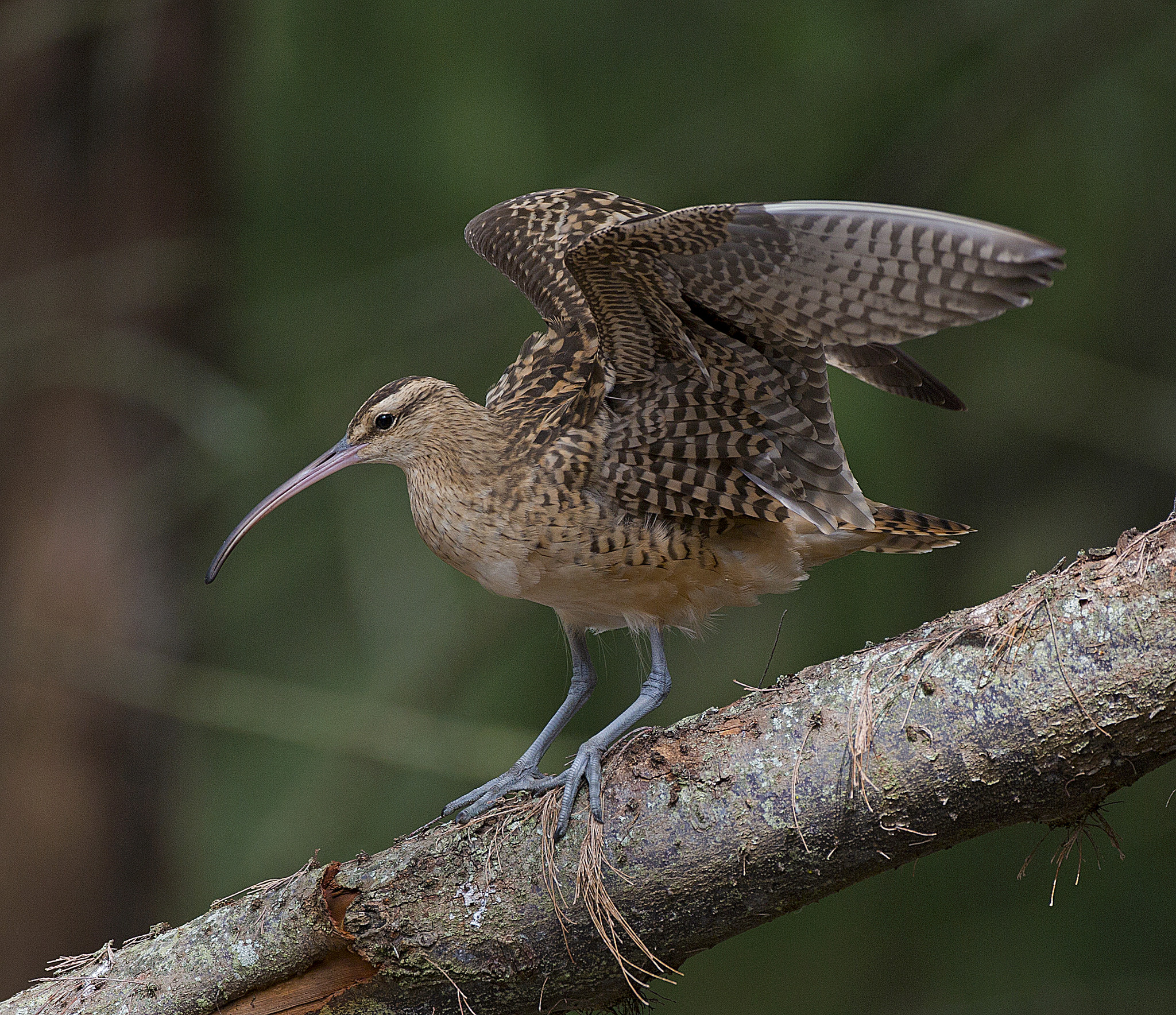
Birds
The Bristle-thighed Curlew landfall of 1998: climatic factors and notes on identification. Western Birds 30:133-155. Close ). Fall. Stages from Jun to Aug along coastal Yukon Delta (Handel and Dau 1988 Handel, C. M. and C. P. Dau. (1988). Seasonal occurrence of migrant Whimbrels and Bristle-thighed Curlews on the Yukon-Kuskokwim Delta, Alaska.